
And we’re back from the winter 2022 trip with four race weekends under our belt, at new tracks for most of us and ready to come back to familiar ground where nothing would be easier but instead the challenges would be different.
This is post will cover two race weekends as we were at Portland International Raceways April 29 – May 1 for the ICSCC season opening race (Rose City Opener, hosted by Cascade Sports Car Club) and then back again two weeks later, for the SCCA Hoosier Super Tour stop, a part of the US Majors Tour.
Home track advantage
Wait, aren’t most of the people who race at these events, also from the region? For the ICSCC race – absolutely. A little less for the Hoosier Super Tour but that’s not exactly what we mean here. One of the many challenges of each of the stops on the winter trip was that even though we spent countless hours on the simulator training for each track, and it made a massive impact – we were still driving the tracks either for the first time or the first time in the specific race car each of us were driving.

That means that at minimum, some material amount of our mental capacity was still being allocated for learning the track. That also means less mental capacity to think about improving on a specific corner or to focus on race craft.
So what happens when you get to a track that you’ve driven hundreds, if not thousands of laps on in real life, simulator and in a variety of conditions and cars? All that occupied mental capacity (and some), comes back and becomes available to be used on another area of improvement. That could be anything from fine tuning a specific setup component for given conditions, exploring different lines/entry speeds into a corner or working on race craft.
It could be anything but the bottom line is that the ability to learn and improve is simply easier because there is one big important thing to think about much less.
So what happened? New Personal Bests All Around!
The ICSCC weekend was held using the non-chicane configuration which further simplifies the course and results in really only ~7 corners total.
Ann in the Porsche Cayman GT4 Clubsport – Finally!!!
Ann in the Porsche Cayman GT4 Clubsport had never driven PIR without a chicane but we had a sense of what her pace would have been from her lap times at Portland last August (2021) with a chicane.
This would also be Ann’s first time driving on Hoosier A7 tires. Results? Ann immediately jumped into the 1:13’s early in the weekend and while she was able to sustain that pace, it looked like there was more low hanging fruit.

In the Group 4 race, where she was in the middle of GT1 class cars — You read that correctly, while she was competing in the GT2 class (there were only 2 cars in class that weekend), she was in the front half of the GT1 cars! She put her head down to defend and get as far up the grid as possible and she dropped into the 1:12’s with a scorching 1:12.842. In that race, she would have finished in P3 overall and P3 amongst the GT1 class cars.
And the prior days Group 1 race, when the race started in wet conditions and transitioned to somewhat dry conditions, she was P1 overall and lapped almost every single car except the EK Honda Civic (driven by Gama and more on that below)… twice!
Mega, mega, mega drive by Ann.

When we returned two weeks later for the Hoosier Super Tour event May 13 – 15, the goal was to build on the gains from the first PIR weekend to put it all to work against a stacked GT2 field featuring a Dodge Viper, TA2 Chevy Camaro, a few additional stock cars, nearly tube-frame chassis E46 M3 and even a Porsche 997 Carrera Cup car!
Results? Even more gains and finally, finally – Ann’s 1st SCCA Hoosier Super Tour podium (P2) came on Sunday afternoon’s final race in complete downpour conditions. In dry conditions? Ann improved her personal best lap time by 4.5 seconds from the prior August – incredible progress! In clear air, Ann was competitive for podium contention but in the race, the straight line advantage for the more powerful cars was simply too much for her to keep them behind her for the entire race distance.

Simon in the BMW 330ci Spec E46 running in SE46, Touring 3 and SPM
For Simon, we had done 8 Hour Enduro in his car last October and he had done mid-1:19’s here and there and average fast pace was in the high 1:19’s/1:20’s.
Similar to Ann, Simon was immediately on the pace, consistently in the 1:19’s, along with a few other Spec E46 cars but by the end of the weekend, Simon was one of only two Spec E46’s to drop into the 1:18’s and separating himself from the pack of Spec E46’s and closing the gap to Chris Hart, who is an incredibly fast, consistent and national caliber driver. Chris placed P3 in the 2021 SCCA Runoffs in Touring 3 class, past PRO3 champion and spent many years driving stock cars professionally – this guy can wheel!

During the SCCA Hoosier Super Tour stop, Simon similarly built on his gains from the first weekend and was immediately doing 1:26 lap times – improving his past personal best but on Hoosier Tires versus Toyo Proxes prior. About mid-day on the test day, we did a lead follow session with Simon and I (Gama) with first Simon leading and Gama following – doing mid to low 1:26 lap times and then we switched. Simon was able to follow closely and we both consistently did mid to high 1:25’s – BOOM! New personal bests and now having done lap times that are at the very pointy edge of the Touring 3 and Spec E46 field.
Saturday, Simon qualified on pole for his first Hoosier Super Tour pole position and in wet conditions! During the race, we had dry conditions so at the start Gama got in front of Simon and Chris Hart. About 4-5 laps into the race, Chris had an overheating issue and DNF’ed while Chris, Gama and Simon were running almost nose to tail.
After Chris pulled off track, Simon stuck to the rear of Gama’s bumper and finished P2 for another Hoosier Super Tour podium finish!

Unfortunately a failing lower ball joint was found in Simon’s car post-race and due to not having press tools at the track, that ended his weekend.

Dave skipped the first ICSCC Portland race and drove at Pacific Raceways during our second stop at PIR.
But wait – there were a lot more cars in the Racer on Rails Paddock(s)!
Now that we’re in the thick of the PNW racing season, the SCCA US Majors and Hoosier Super Tour races start to die down (races are still held but mostly out of our region) and we start to dial up the races from our local sanctioning body, the International Conference of Sports Car Clubs (ICSCC).
For the Rose City Opener, we had our group of PRO3 drivers out for their first race of the year and I (Gama) brought out a personal passion project for it’s second race weekend but it’s first with the current power plant – a JDM K24A swap with a JDM Honda Integra Type R transmission and a pretty heavy duty Limited Slip Differential from MFactory.
At a familiar place, the goal with the Honda was to simply get some race mileage on the new chassis, make sure it was running properly, figure out what likes to shake loose and see if we could put down some consistent competitive laps at 80-90% effort. And boy did the Honda deliver!

We worked through some gremlins but with absolutely zero focus on speed, the Honda was consistently doing extremely fast Spec E46 lap times and on Yokohama A052 tires (a really sticky street tire but nothing like a Hoosier tire). There is some serious potential in this car and we’re excited to further develop it over the season. It will be mid June before we see the Honda out again and it should have some new upgrades that will help with reliability and maybe a bit more speed.
Across the rest of the team, every driver improved their personal best lap times with no Chicane at Portland in a 20+ car field and pushing towards the front in PRO3 and a 10+ car field in Spec E46.







What better way to end this race report than with some in-car video of what a very angry Honda 4 cylinder engine based Civic sounds like, bombing around Portland International Raceways at the same speeds that a front running Spec E46 does?
Turn those headphones down a tiny bit and enjoy!





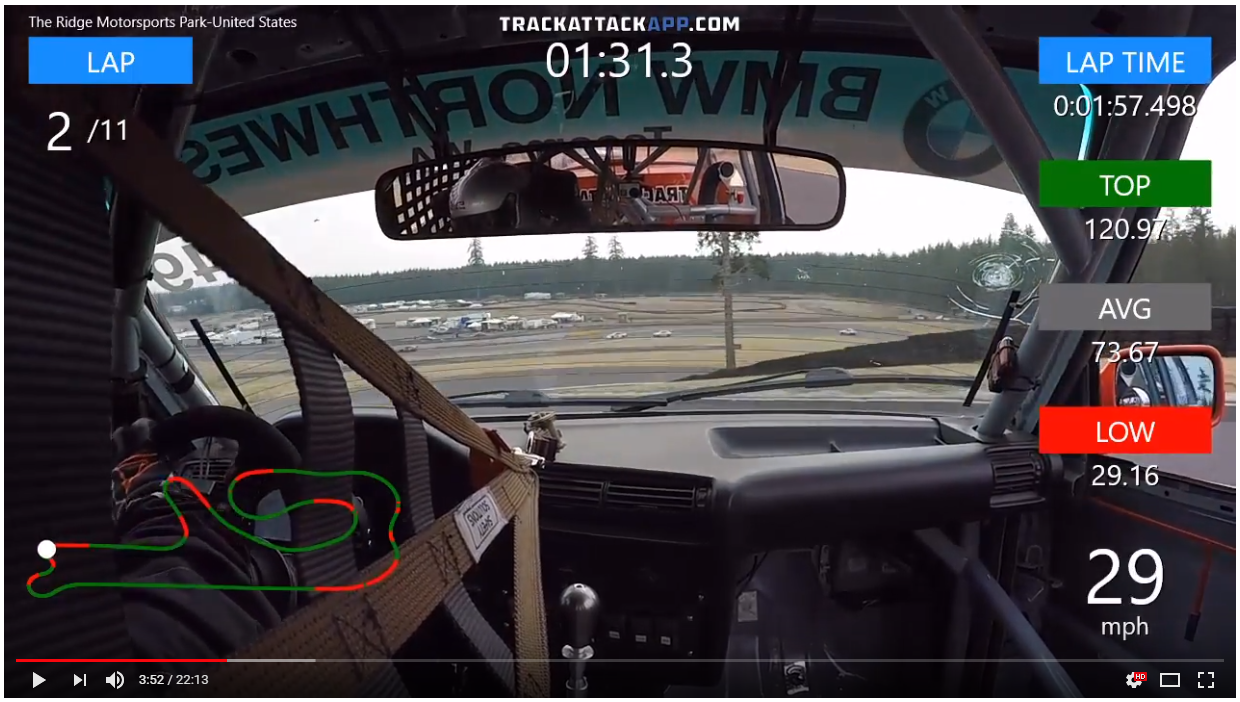 Welcome to The Ridge! The Ridge is the newest track in the Pacific Northwest that is generally available to the public (
Welcome to The Ridge! The Ridge is the newest track in the Pacific Northwest that is generally available to the public (








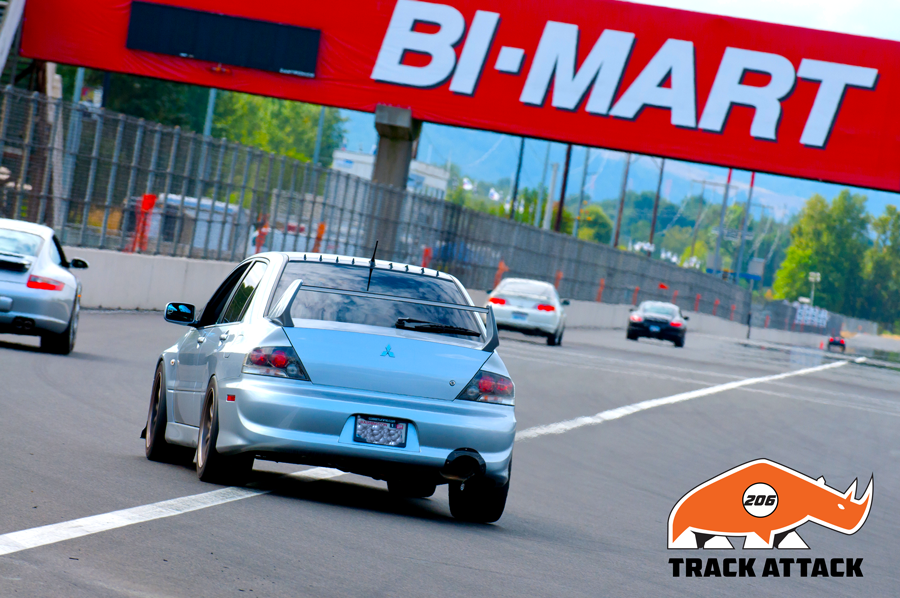







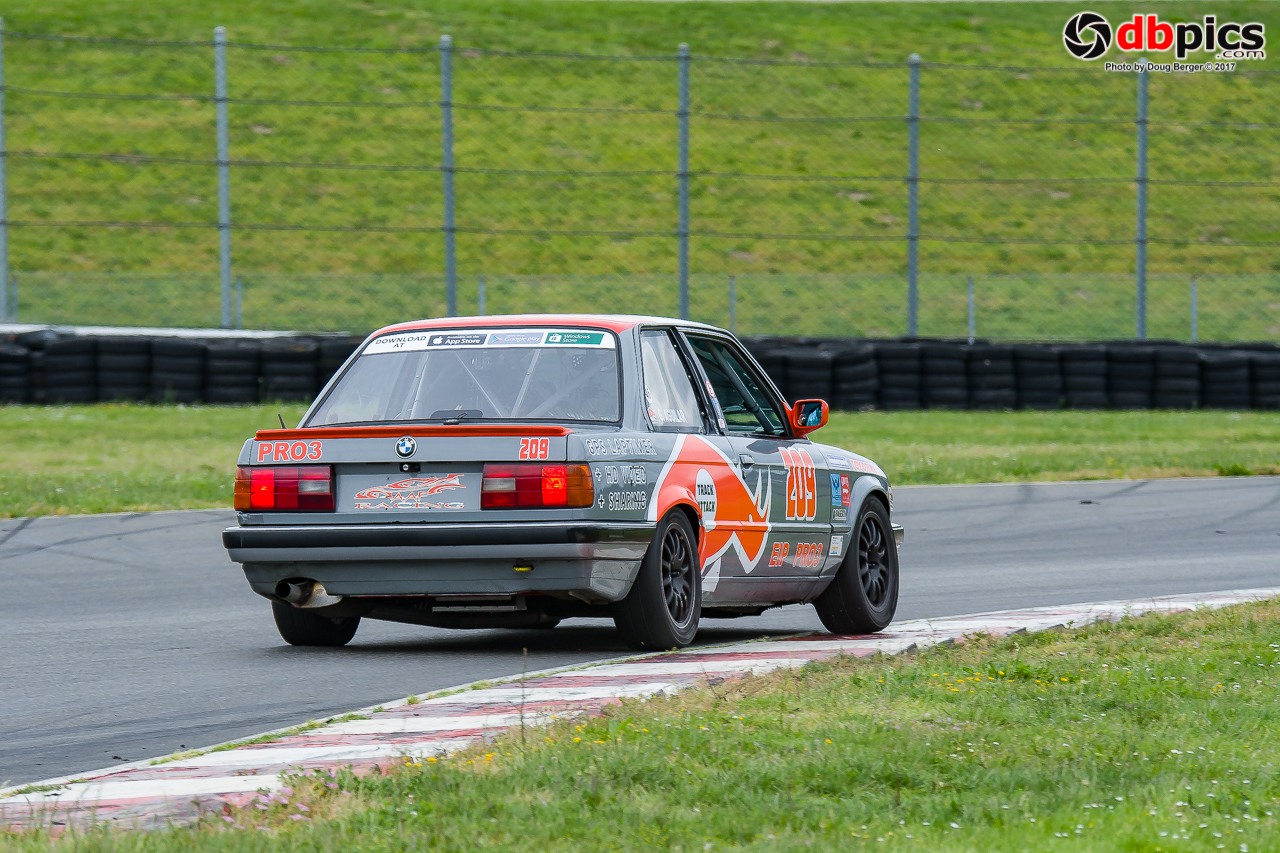






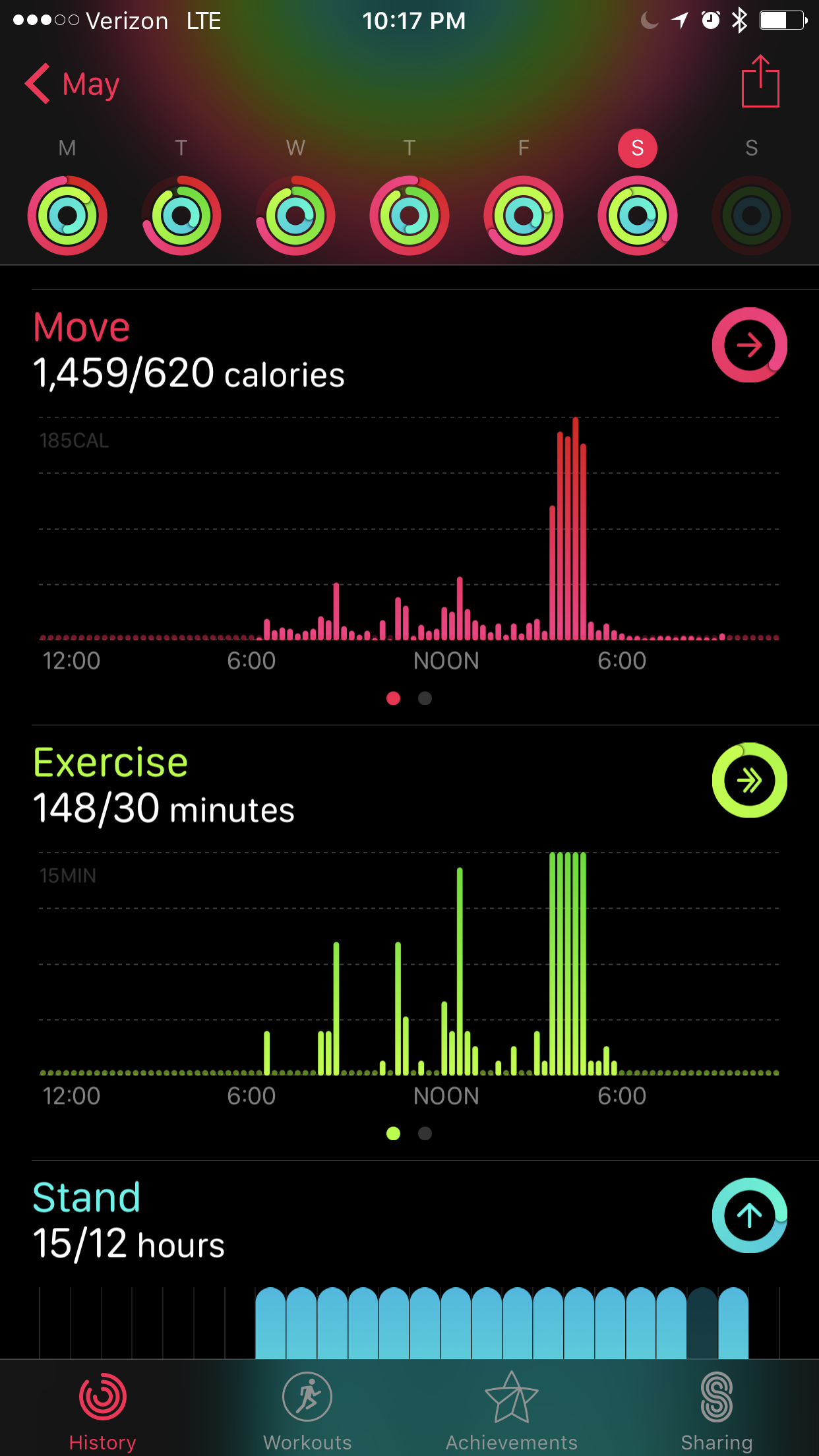 What: A small addendum to the
What: A small addendum to the 


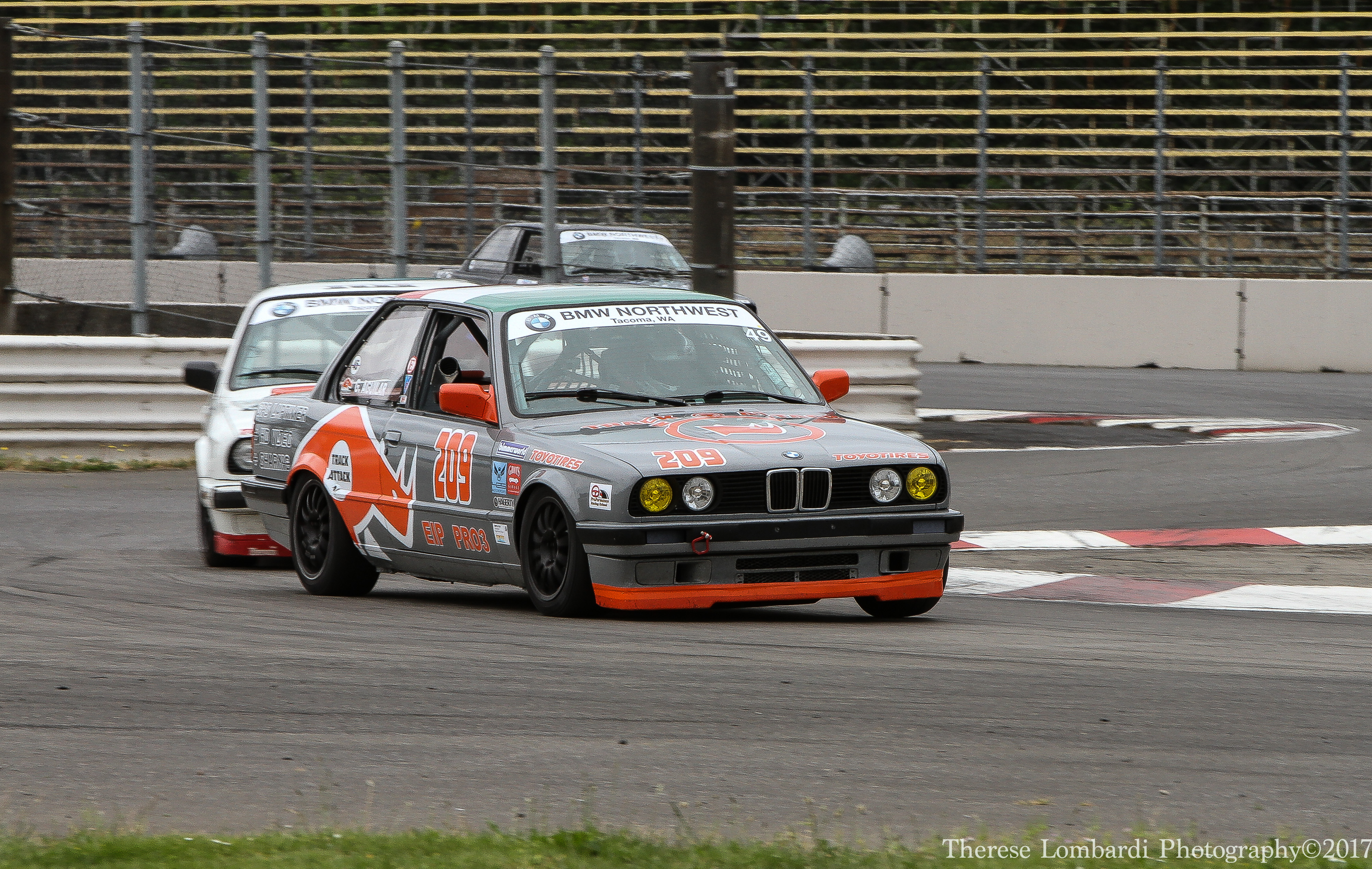 This is a combo article because I frankly fell behind righting as the race weekend took over.
This is a combo article because I frankly fell behind righting as the race weekend took over.








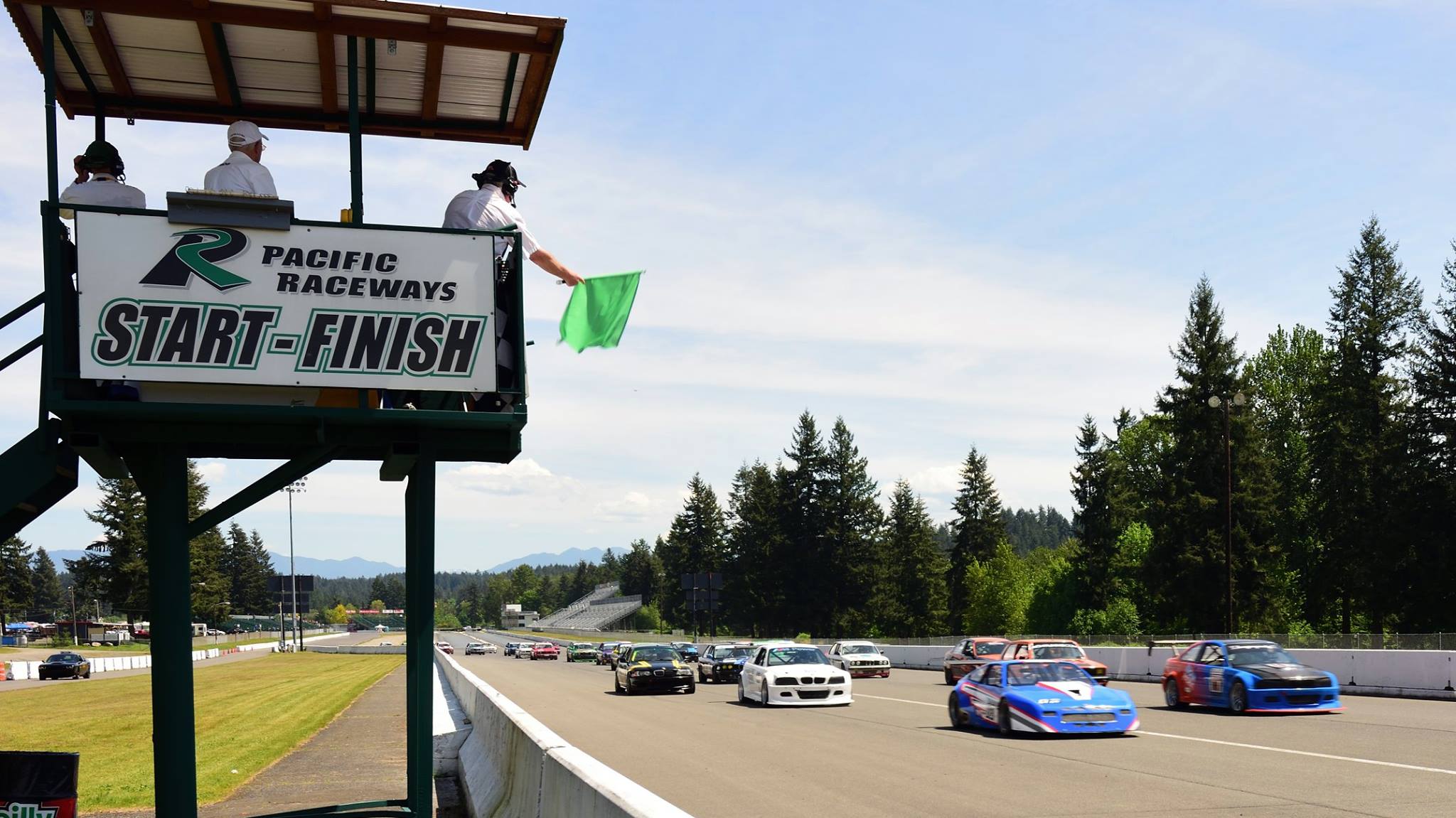 It’s race day! Although I had races yesterday, today was the big race – the race that counts towards the PRO3 Championship, one of the most contested and desired club racing crowns in the pacific northwest and if this series was national, I think it would be up there with a Spec E30 or Spec Miata national championship. Big fields, hard racing and really needing to drive these cars to the limit, without losing momentum to go fast.
It’s race day! Although I had races yesterday, today was the big race – the race that counts towards the PRO3 Championship, one of the most contested and desired club racing crowns in the pacific northwest and if this series was national, I think it would be up there with a Spec E30 or Spec Miata national championship. Big fields, hard racing and really needing to drive these cars to the limit, without losing momentum to go fast.







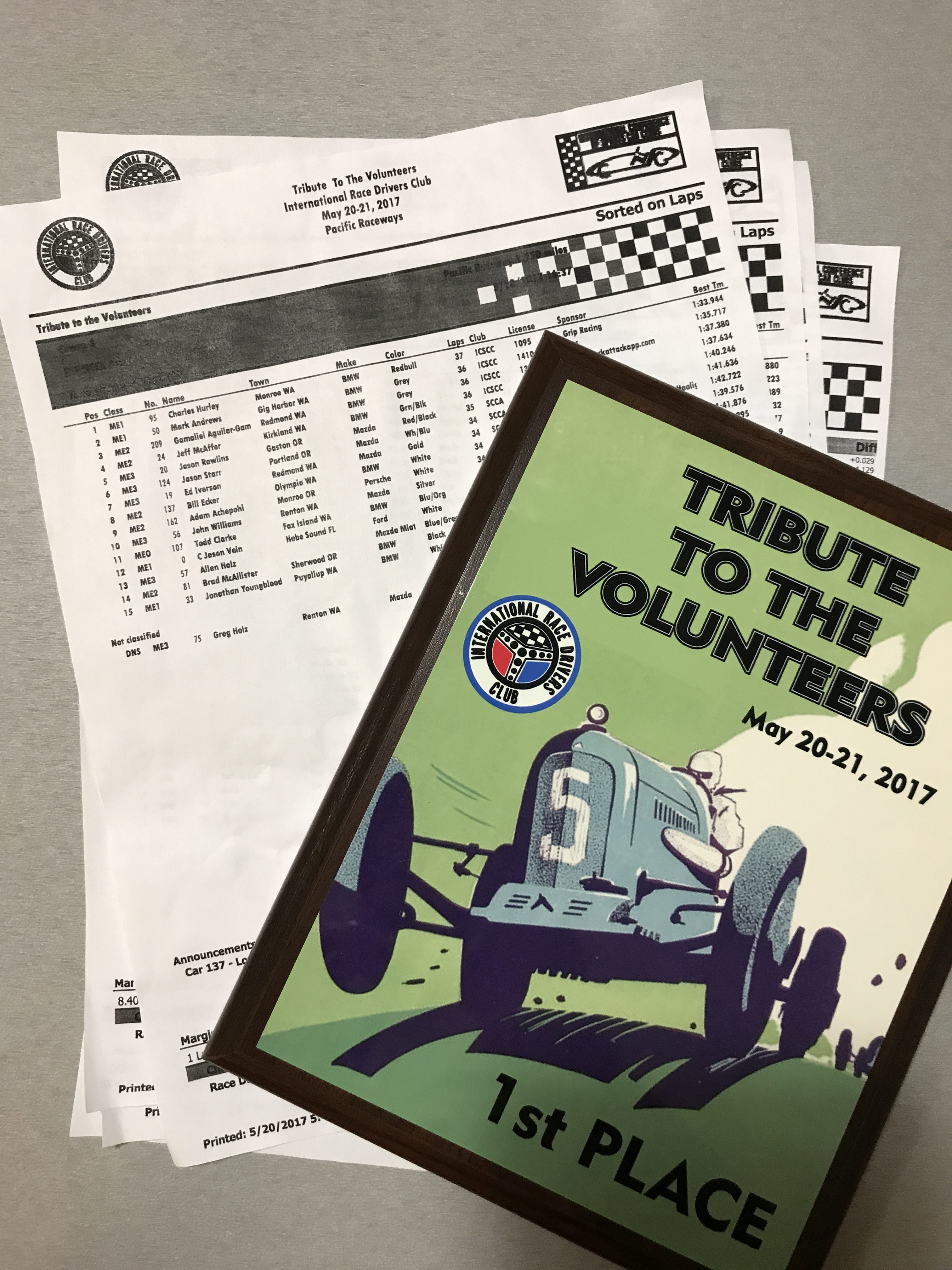 As I mentioned yesterday, today was the first official day of the race weekend, with four sessions on the schedule:
As I mentioned yesterday, today was the first official day of the race weekend, with four sessions on the schedule:


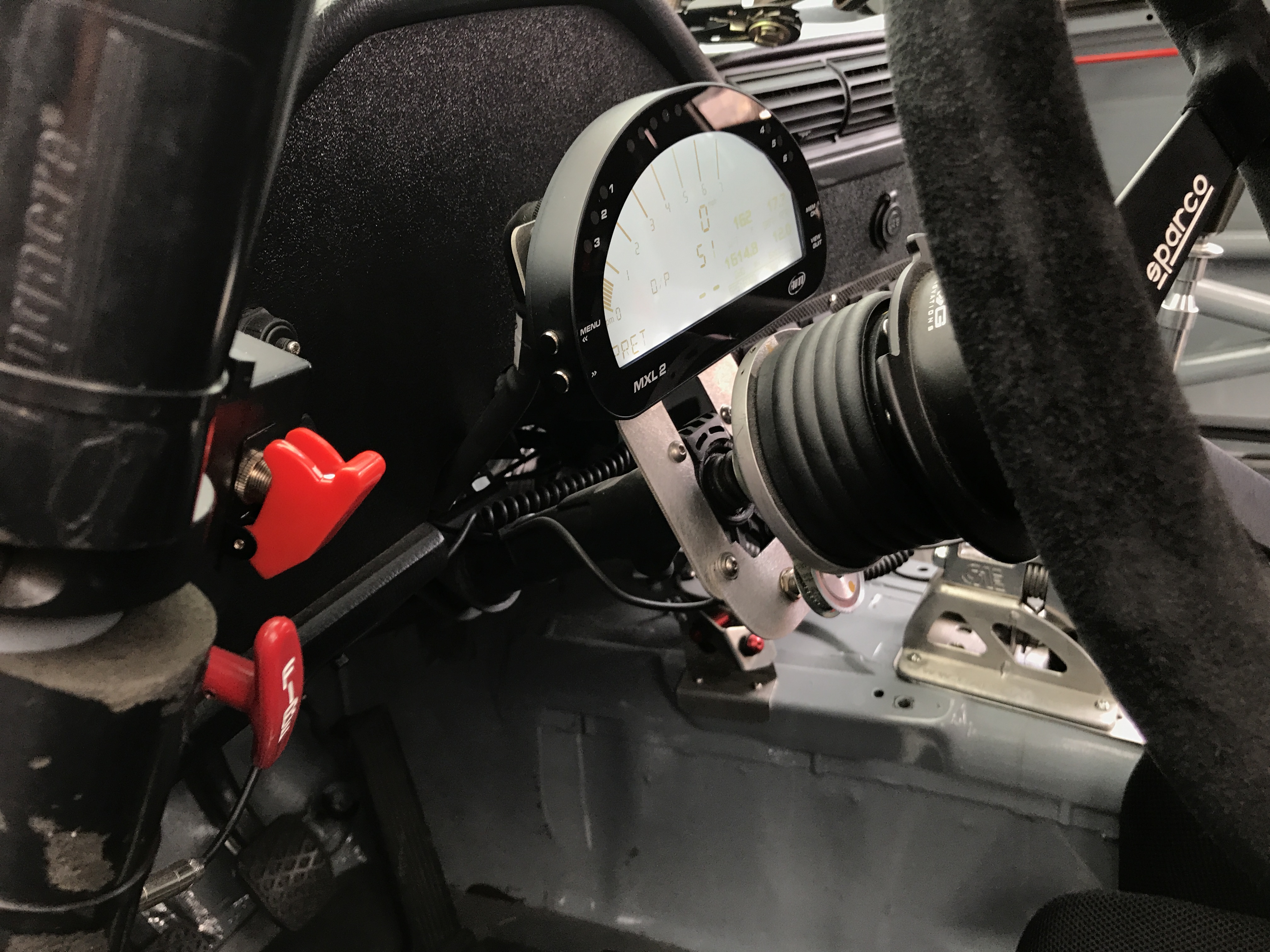 Today is the first day I have driven in the real world since I started this 30 day challenge. As I mentioned in the race reports for the
Today is the first day I have driven in the real world since I started this 30 day challenge. As I mentioned in the race reports for the 


